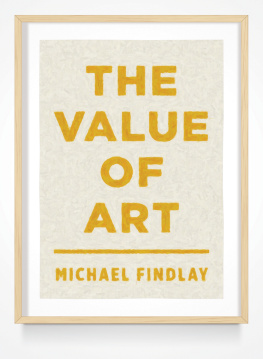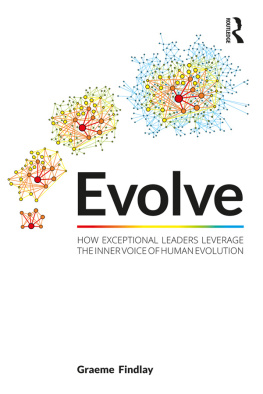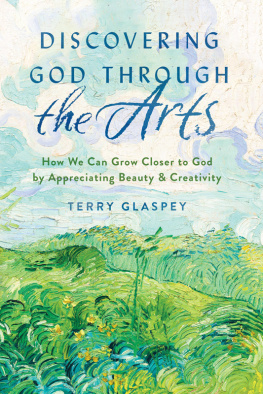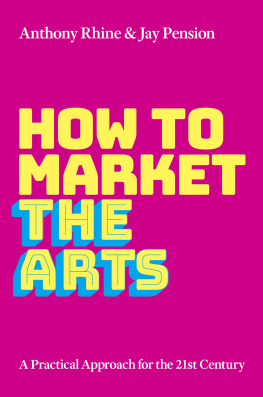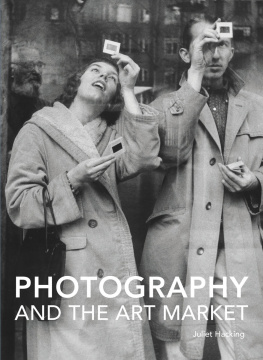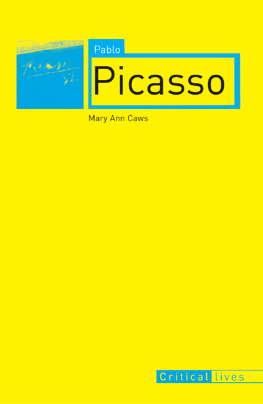Michael Findlay
THE
VALUE
OF
ART
MONEY, POWER, BEAUTY
Revised Edition
Prestel
MUNICH LONDON NEW YORK
Revised E-book edition
Prestel Verlag, Munich London New York, 2014
For the text, Michael Findlay, 2014
Original hardcover edition published 2012
All images reproduced by permission. See Illustration Credits for details.
Prestel, a member of Verlagsgruppe Random House GmbH
Prestel Verlag Neumarkter Strasse 28 81673 Munich Tel. +49 (0)89-4136-0 Fax +49 (0)89-4136-2335 | Prestel Publishing 900 Broadway, Suite 603 New York, NY 10003 Tel. +1 (212) 995-2720 Fax +1 (212) 995-2733 | Prestel Publishing Ltd. 14-17 Wells Street London W1T 3PD Tel. +44 (0)20 7323-5004 Fax +44 (0)20 7323-0271 |
www.prestel.com
Prestel books are available worldwide. Please contact your nearest bookseller or one of the above addresses for information concerning your local distributor.
The Library of Congress has catalogued the hardcover edition as follows:
Findlay, Michael, 1945
The value of art : money, power, beauty / Michael Findlay. -- 1st English edition.
pages cm
ISBN 978-3-7913-4638-0 (hardback)
1. Art--Economic aspects. 2. Art--Collectors and collecting-
Psychology. I. Title.
N8600.F55 2012
701--dc23
2011051076
British Library Cataloguing-in-Publication Data:
A catalogue record for this book is available from the British Library; Deutsche Nationalbibliothek holds a record of this publication in the Deutsche Nationalbibliografie; detailed bibliographical data can be found under:
http://dnb.d-nb.de
Editorial direction: Christopher Lyon & Ryan Newbanks Copyediting: John Farmer
Proofreading: Nicole Lanctot Index: Cheryl Lemmens
Design: Mark Melnick Typesetting: Duke & Company, Devon, Pennsylvania
Picture research: John Long Production: Nele Krueger & Friederike Schirge
Origination: Reproline Mediateam, Munich
ISBN 978-3-641-08342-7 (revised E-book edition)
For my brothers, Robin and John Findlay
Contents
PREFACE TO THE REVISED EDITION
Since The Value of Art was published in 2012, I have been surprised and gratified by the generous comments from collectors, curators, and fellow art dealers as well as the readers I most welcome, those outside the professional art world.
A small section of this book analyzes the gyrations of the art market from the financial crisis of 2008 to recovery in 2010. The publication of this revised edition gives me the opportunity to get current. In the last three years the fortunes of celebrity artists such as Damien Hirst and Takashi Murakami seem to have dimmed, although a sculpture of giant steel tulips by Jeff Koons fetched over $33 million at Christies in 2012. Work by late twentieth century artists such as Roy Lichtenstein and Jean-Michel Basquiat is definitely in favor: at Christies in May 2013, a 1963 Lichtenstein made $56 million and a Basquiat $49 million. And to prove there is no such thing as too much hype, Sothebys sold a pastel version of Edvard Munchs much-caricatured The Scream in 2012 for very nearly $120 million.
The gallery scene is even more active and, although prices are not made public, there have been sales made privately on a level to rival the auction houses and in greater quantity. When it comes to paying top dollar, taste is turning conservative, shifting toward works with historical merit rather topical celebrity. The art market is cyclical in nature and it changes shape to accommodate economic realities.
Art fairs continue to thrive as social tsunamis. The Acquavella booth at this years Art Basel Hong Kong was packed with a constant stream of art lovers, many of whom only looked at our paintings by Picasso, Warhol, and Basquiat through the lenses of their cameras or smartphones. Many serious collectors now avoid the VIP openings because they are too crowded for them to see the works.
While this book aims to take the mystery out of the commercial value of art and explore collectors motives, my real agenda is to encourage every reader to enjoy works of art for pure pleasure.
ACKNOWLEDGMENTS
This book draws on my lifes experiences as an art lover and collector, an auction-house specialist and art dealer. Throughout my journey I have been educated and informed by true connoisseurs in all those categories: the passionate collectors John and Kimiko Powers and Herbert and Adele Klapper, outstanding dealers including Richard Feigen and Bill Beadleston, and the compleat auctioneer, Christopher Burge. I am particularly grateful to William Acquavella, whose remarkable career demonstrates daily that quality, probity, and profit in art dealing are not incompatible.
I have learned from three generations of artists in exchanges both commercial and personal, ranging from relatively decorous studio visits to boisterous all-nighters at Maxs Kansas City. Those that shared their work and ideas with me are too numerous to mention, but some have suffered me in and out of their studios and lives for almost five decades, particularly Bridget Riley, James Rosenquist, Billy Sullivan, John Willenbecher, and the late Gerald Laing.
Roberta Maneker, my first professional reader, gave me excellent advice, and her son Marion Maneker was an early supporter. I owe much thanks to Morton Janklow and Michael Steger at Janklow and Nesbit for having faith in this book; and I am indebted to Ryan Newbanks, Stephen Hulburt, Samantha Waller, and John Farmer at Prestel for their enthusiasm and hard work, as well as to my editor Chris Lyon.
The unflappable John Long managed all the illustrations, and I am particularly grateful to Dorothy Kosinski and Barbara Windom for their help with images. My student researchers Alixandre Greenberg, Elsie Heung, and Sarah Horton all deserve well-paying jobs in the art world.
I could not have embarked on this book without the support of my family: my son Bob, my daughter Beatrice, and in particular my talented wife Victoria Findlay Wolfe, who as an artist and quilter lives the creative process daily, which is a joy to share.
Introduction
THE THREE GRACES
A collector has one of three motives for collecting: a genuine love of art, the investment possibilities, or its social promise. I have never known a collector who was not stimulated by all three. For the full joy and reward the dominant motivation must be the love of art but I would question the integrity of any collector who denies an interest in the valuation the market puts on his pictures. The social aspect is another never-ending regard. From Rome to Tokyo, our interest has brought unexpected and unbelievable experiences, and friends as full of vitality, imagination and warmth as the art they collect.
EMILY HALL TREMAINE, 19081987
Zeus had three daughters who have been represented throughout the history of Western art as the Three Graces and appear in sculpture and painting from the ruins of Pompeii to the glories of the High Renaissance. These three maidens, standing in close proximity, usually naked, have been celebrated by artists as diverse as Raphael, Peter Paul Rubens, Antonio Canova (fig. 1), Edward Burne-Jones, Paul Czanne, Pablo Picasso, and Sigmar Polke.
The Three Graces, also known as Charities (from the Greek, karitas, meaning love) were named in order of birth: Thalia, Euphrosyne, and the youngest, Aglaea. Their combined function was to preside over banquets to entertain the gods and their guests. Each has unique qualities, and I appropriated their names to illustrate that the value of art has three components. Thalia is the goddess of fruitfulness and abundance, representing Commerce. Euphrosyne is the goddess of joy; she represents Society. Aglaea is the goddess of beauty, which, being in the eye of the beholder, is the Essential (or intrinsic) value of art.
Next page
